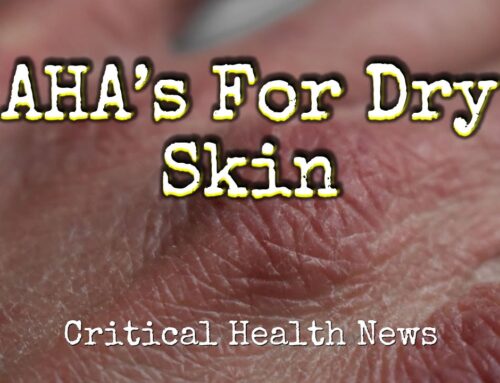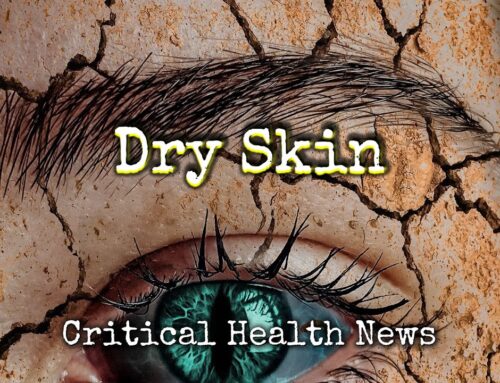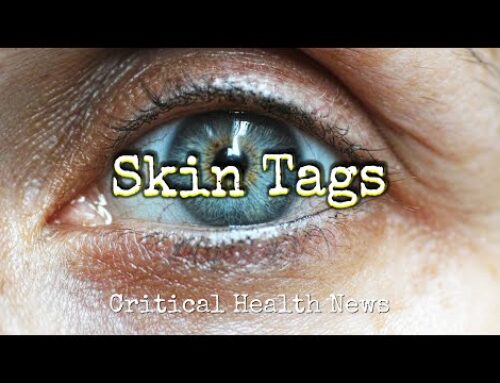To assess the actions of nutritional molecules, scientists will eliminate them from the foods fed to laboratory animals and see what symptoms appear. This allows researchers to attribute specific benefits to specific vitamins, minerals and other essential nutrients. Essential fatty acids or EFA’s (two important fat molecules) were, in this way, associated with the biology and biochemistry of skin health.
When removed from the diet of experimental critters, it didn’t take long before various cutaneous conditions, including rashes, dryness and eczema, began to show up. What’s more, when EFA’s were returned to the diet, these skin issues immediately began to resolve.
This intimate relationship between the health of the body’s largest organ and the intake of EFA’s is the result of several factors. For one thing, essential fats act as a precursor to lipids, which saturate the lower levels of the skin and play an important role in skin hydration. Essential fats are also building blocks for inflammatory factors that keep skin protected from physical damage, as well as microbial invasion. Finally EFA’s are critical components of the skin cells membrane, which functions to communicate to other cells, triggering growth and upward movement.
Under conditions of EFA deficiency, the communication suffers, resulting in disturbances and cells journey towards the skin surface. This can manifest as rashy or dry skin and is associated with eczema’s classic pink patches and rough molty appearance. Best bet, if you’re dealing with any skin health issue, get yourself on a good EFA supplement featuring both omega-3 and omega-6 essential fatty acids.










